Schedule a Call Back
Cost-effective ways to improve cargo security using security seals
 Technical Articles
Technical Articles- Jun 23,20
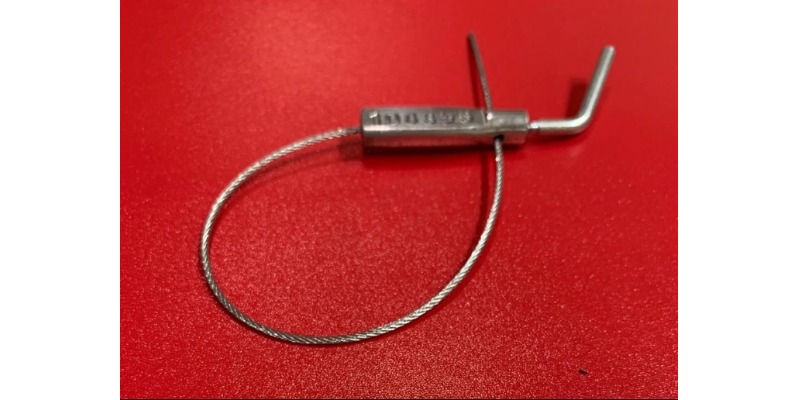
- Name of the person breaking the seal
- Reason for breaking the seal
- Time and date the seal was broken
- Serial number of the broken seal
- Serial number of the replacement seal
- Names of witnesses to the breaking of the seal
- Only authorised security personnel should remove seals.
- Enter in the in-bound seal log, the name, serial number and all coding information appearing on the seal. Be sure to verify that it is the original seal from the manifests.
- Compare the name, serial number and all coding information appearing on the seal with the corresponding shipping papers.
- Prior to removing the seal, ensure that it has not been shortened or falsely sealed. Check for strange marks and tampering.
- Security seals that are inspected visually should be examined with an identical seal held right alongside. Humans do not accurately remember details of exact colour, size, surface texture, and patterns, but they are very proficient at visual side-by-side comparisons.
- Pull and twist the seal to the left and right to ensure that the seal head has not been violated.
- Any discrepancy should be reported to the person(s) assigned to accept such statements, as well as recorded in the in-bound seal log.
- All shipments received with a violated seal must be reported as noted in the previous section and re-sealed if additional transportation is required.
- Any evidence of theft should be reported to the security department and investigation begun, regardless of the hour.
- Ensure that the fastening devices and hinges securing the door and the locking handles cannot be removed without violating the seal.
- Use color-coded seals to differentiate commodities, terminals, warehouses, plants, inbound or out-bound shipments, and time periods.
- Use different coloured seals for trailers returning with empty loads in order to prevent drivers from privately utilising trailers on return trips and from transporting cargo without authority.
- Periodically change the seal colours to prevent usage of unauthorised old seals.
- Companies shipping a trailer load of merchandise within a local area making 2 to 7 stops may secure the trailer with a different coloured seal after each stop.
Related Stories

Why high-security meter sealing is central to modern utility protection
While meter technology has advanced considerably, sealing mechanisms have often remained stagnant. The evolution of metering demands a parallel shift in sealing strategy, writes Rajesh Kumar Banka, ..
Read more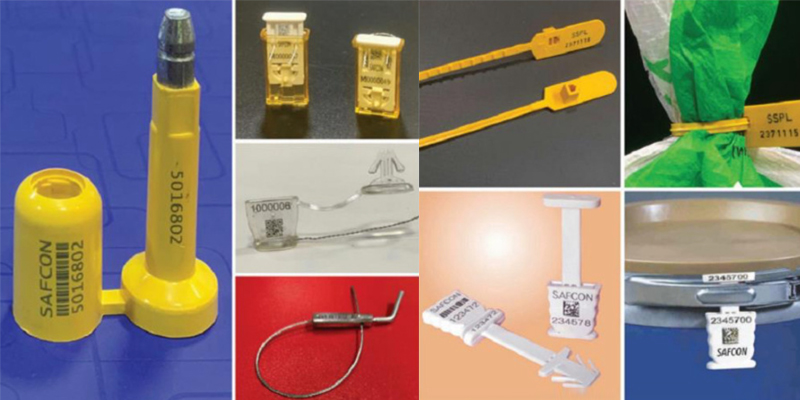
Security seals: Simple tools for solving serious problems in modern logistics
Despite advances in tracking and surveillance, many companies overlook a basic but powerful line of defence: tamper-evident sealing, says Rajesh Kumar Banka, MD, Safcon Seals Pvt Ltd.
Read more
Safcon leads the way in utility meter security seals with innovations
In this interview, Rajesh Kumar Banka, Managing Director, Safcon Seals Pvt Ltd, shares more details about the company and importance of security seals.
Read moreRelated Products
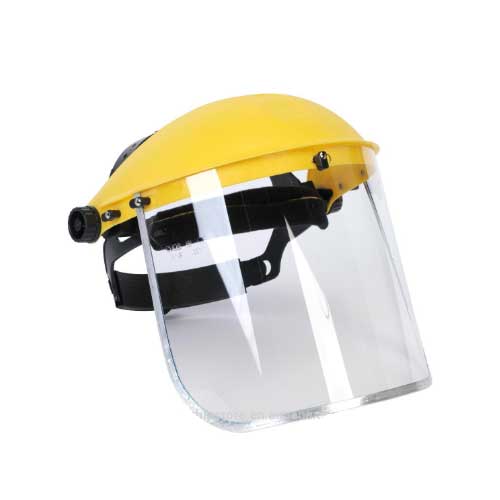
Face Shield for Helmet
Harry Collection offers a wide range of face shield with helmet.
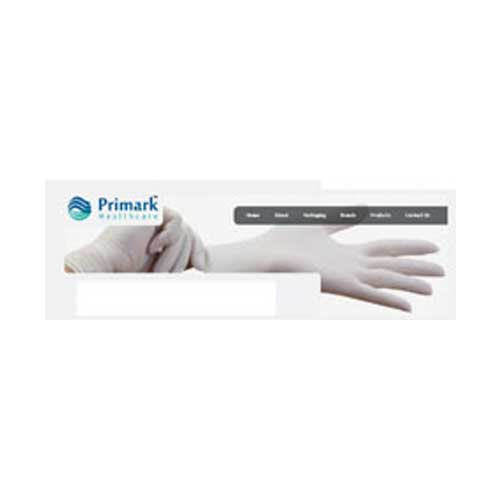
Eva (Ethylene Vinyl Acetate Co-polymer) Gloves
Primark Healthcare Private Limited offers a wide range of EVA (ethylene vinyl acetate co-polymer) gloves. Read more
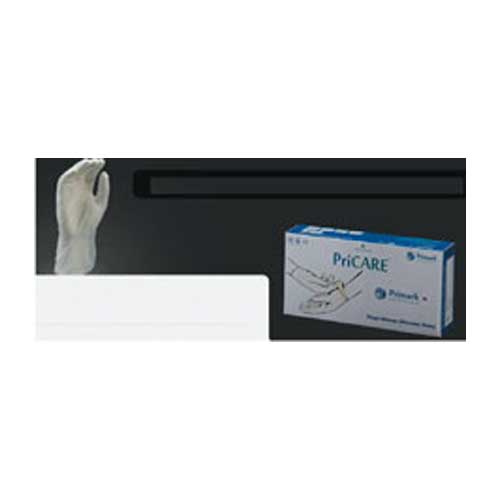
Vinyl Gloves (Powdered)
Primark Healthcare Private Limited offers a wide range of vinyl gloves


















